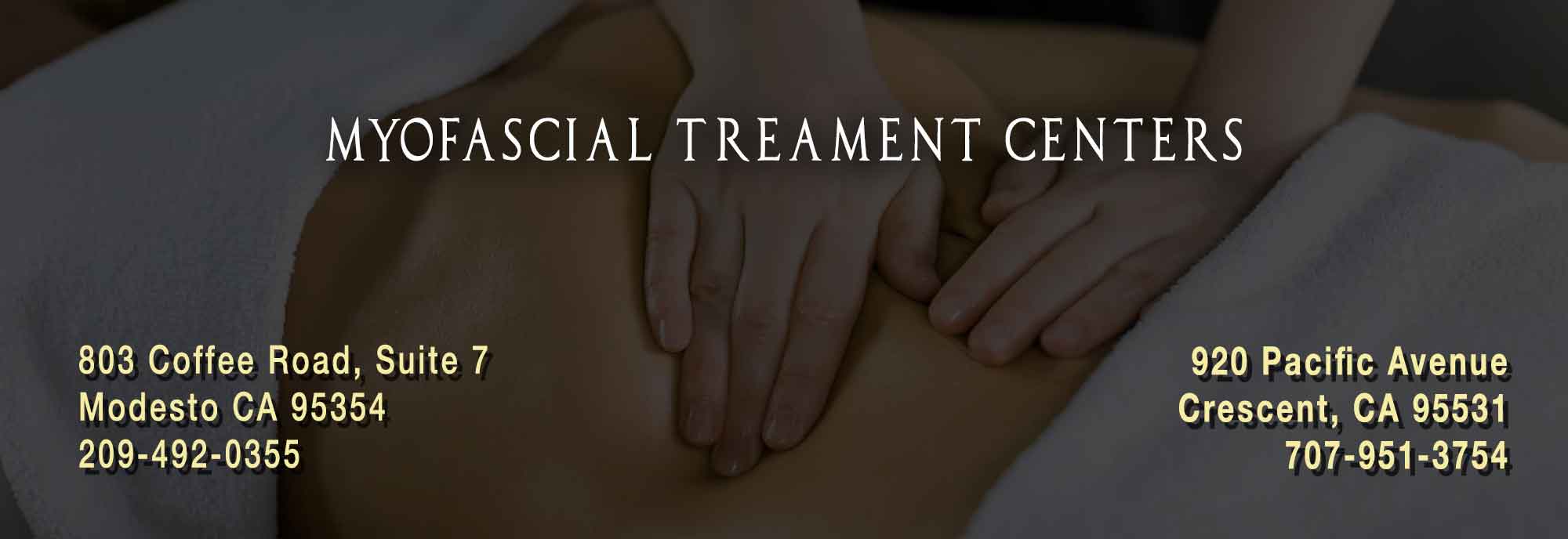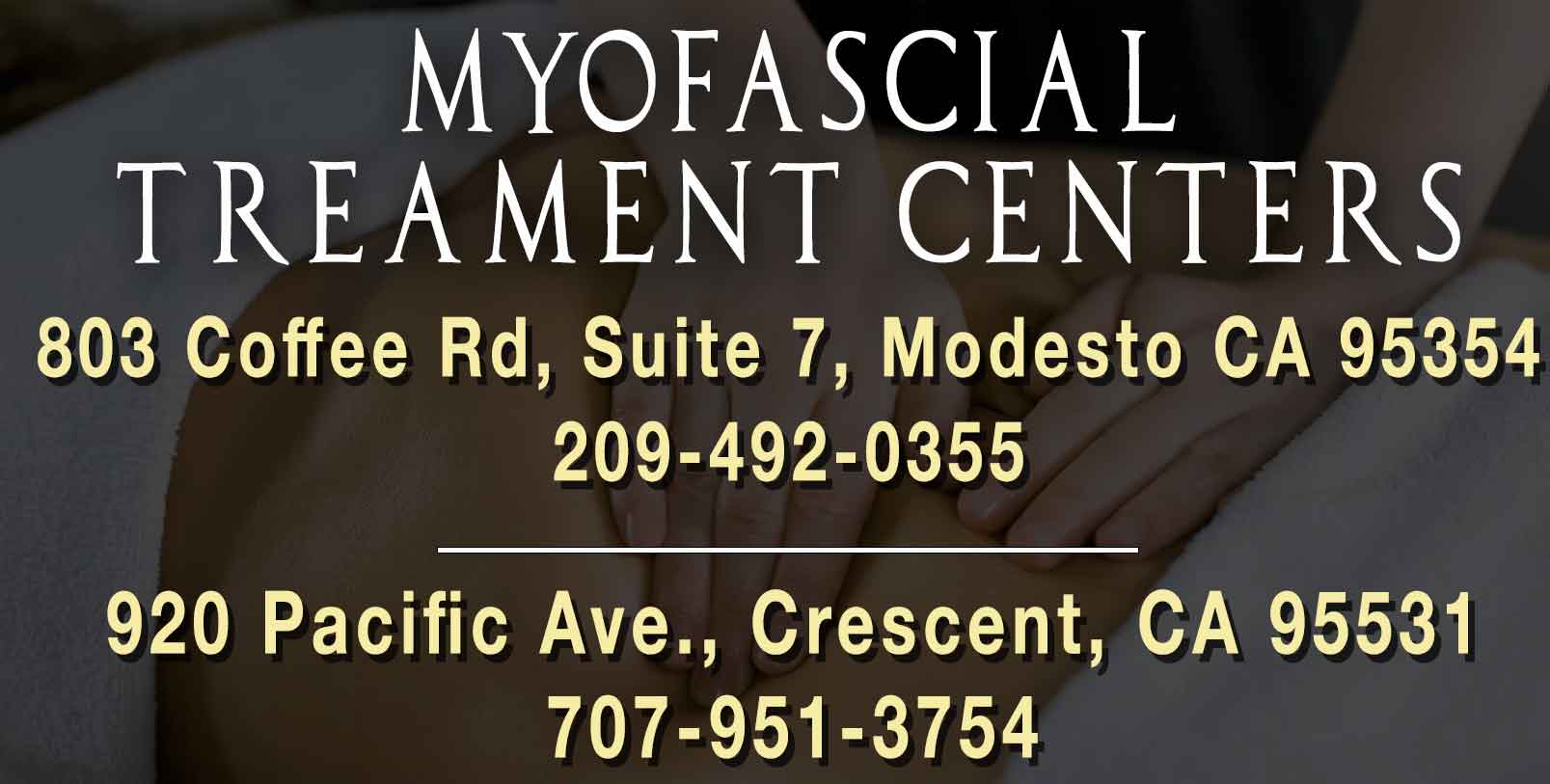[vc_row][vc_column][vc_column_text]
Most everyone loves to go to the fair. It’s full of rides, smiles, competitions, and of course food. There are things that you only have at the fair, like those giant corn dogs and cotton candy.
Most everyone loves to go to the fair. It’s full of rides, smiles, competitions, and of course food. There are things that you only have at the fair, like those giant corn dogs and cotton candy. Mmmm, cotton candy. The sweet fluffy puff of cotton candy. You can almost taste its overly sweet goodness melting on your tongue as you take the first bite of the summer. You can practically feel the cavities forming as you take those second and third bites. The heat of summer must affect the brain, because you don’t care what the sugar does to your insides as you taste and enjoy the sweet cloud you clutch in your hand. Now, I’m not trying to make you hungry, but I want you to fully envision cotton candy. Remember the stringy, sticky texture? This is what collagen, which is fascia, is like (Mowen, 69). Of course I’m pretty positive fascia doesn’t taste as good, but I am also sure you understand the imagery.
Fascial tissue is what helps define us in our early embryonic state. This tissue helped to keep our rapidly replicating cells together in their proper order when we were growing in our mother’s womb (Mowen, 69). This adaptable tissue is to primates what cellulose (what the cell wall is made of) is to plants (Mowen, 69).
The other amazing thing about fascial tissue is it has no definable beginning or end (Mowen, 69). It is similar to our skin in this sense, and it is basically one large organ that goes from head to toe and from birth to death (Mowen, 69). (Actually the saying should be from development to death, but that doesn’t sound as good.) There is no getting rid of it. Basically you are stuck with it whether you like it or not!
While we developed in our mother’s womb, the fascial tissue was stretched and folded many times over (Mowen, 69). This was to provide the six hundred pockets for muscle tissue, dozens of bags for organs, and all the supporting tissue in the organs (Mowen, 69). It is all of this folding and stretching that creates planes in the fascial tissue and allows movement of the body’s tissue. No wonder we scream when we are born, all that stretching and folding must be painful!
This blanket of fascial tissue can be cut with a scalpel, torn with injury, thickened by bad posture habits, and dried out by loss of movement (Mowen, 69). These injuries will create a binding down of fascia resulting in too much pressure on nerves, muscles, blood vessels, bone structures, and/or organs. Unfortunately this binding down can result in pain that will range from the mild to the intense. Fascia loves its flexibility, and when it can’t have the flexibility it becomes extremely tight, like a gigantic rubber band expanding so far it almost accomplishes the breaking point. This tightness may become a source of tension for the rest of the body, creating more pain than what the original injury would have produced on it’s own. Fascia also tends to become down when it has been injured. When this happens, you don’t just feel it where the injury is, but in other areas of the body as well (Riemer, 1).
Do you remember that I told you that fascia is all over the body and continuous with no beginning or end? This is why you can have an injury in your leg and it will affect your back. To help this, Myofascial Release is prescribed.
Ahhh, another question. What is Myofascial Release? Well, to say it simply, it is a series of deep tissue release techniques that help in stretching and ungluing the fascial tissue (I guess that is not as simple as I would have liked, but it is short). One technique is to sustain pressure on the back for specific amount of time. With continuous pressure this technique will melt any restrictions that the tissue has graciously bestowed upon the patient. When a therapist is properly trained, the therapist and the patient can actually feel the fascia ungluing and stretching itself (Reimer,1). The therapist will continue this until they hit a barrier. When the barrier releases, the therapist will follow the unraveling tissue with their hands going wherever it goes until the therapist finds the next barrier. The therapist never tries to aim the tissue or force it along (Riemer, 1). When the cotton candy like fascia releases endorphins (your body’s natural hormone for pain relief) the pain disappears and blood rushes, like a race, to that area of the body (Reimer, 1).
Myofascial Release is very versatile, and has been found effective for patients in hospitals, sports medicine facilities, geriatrics, pediatrics, and dental practices with chronic or acute pain (Riemer, 1). Although treatments are not limited to specific conditions, they are effective for back and neck injuries, headaches, postural stress, and TMJ (temporomandibular [jaw] joint) (Riemer, 1).
Now you are probably wondering if it is so effective why you haven’t heard of it before, or why many doctors don’t prescribe it. Well, most medical schools don’t emphasize the fascia system. If a doctor does not have a background in a particular treatment, he or she might be skeptical of it and it’s results (Riemer, 1). I am not trying to put down doctors. If they were not skeptical of new treatments, they would have us doing all sorts of crazy things.
Fascia is an important part of our body. Once we are aware of it and its purpose, we will be healthier, wealthier, and wiser. Well, maybe not wealthier, but you get the idea.
For more information, call the Myofascial Treatment Center of Modesto at (209) 492-0355 or visit us at 1317 Oakdale Road, Suite 610.
Works Cited
Mowen, Karrie. All Aboard!: Anatomy Trains Keep Body workers On Track Massage & Bodywork. (April/May, 2000)
Riemer, Jan. “I Became Unglued The Main Line Community Magazine. (April, 1989)[/vc_column_text][/vc_column][/vc_row]

